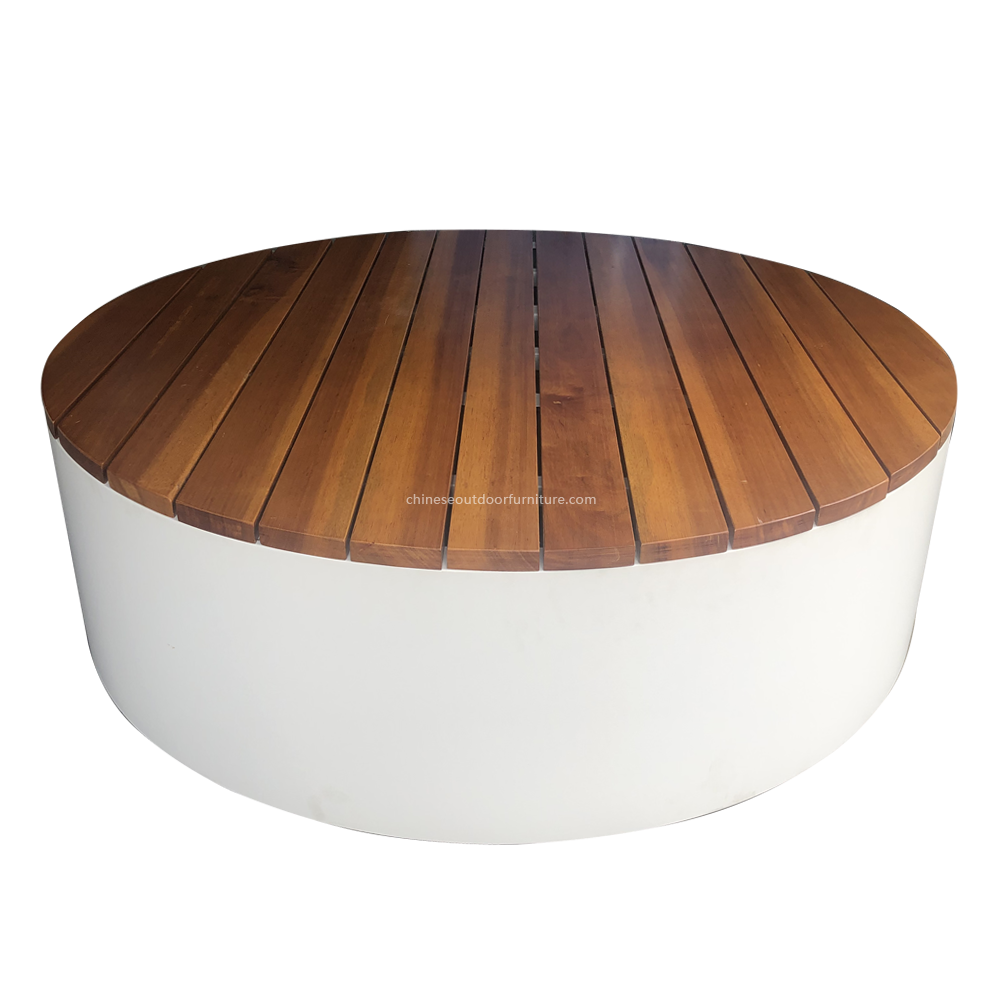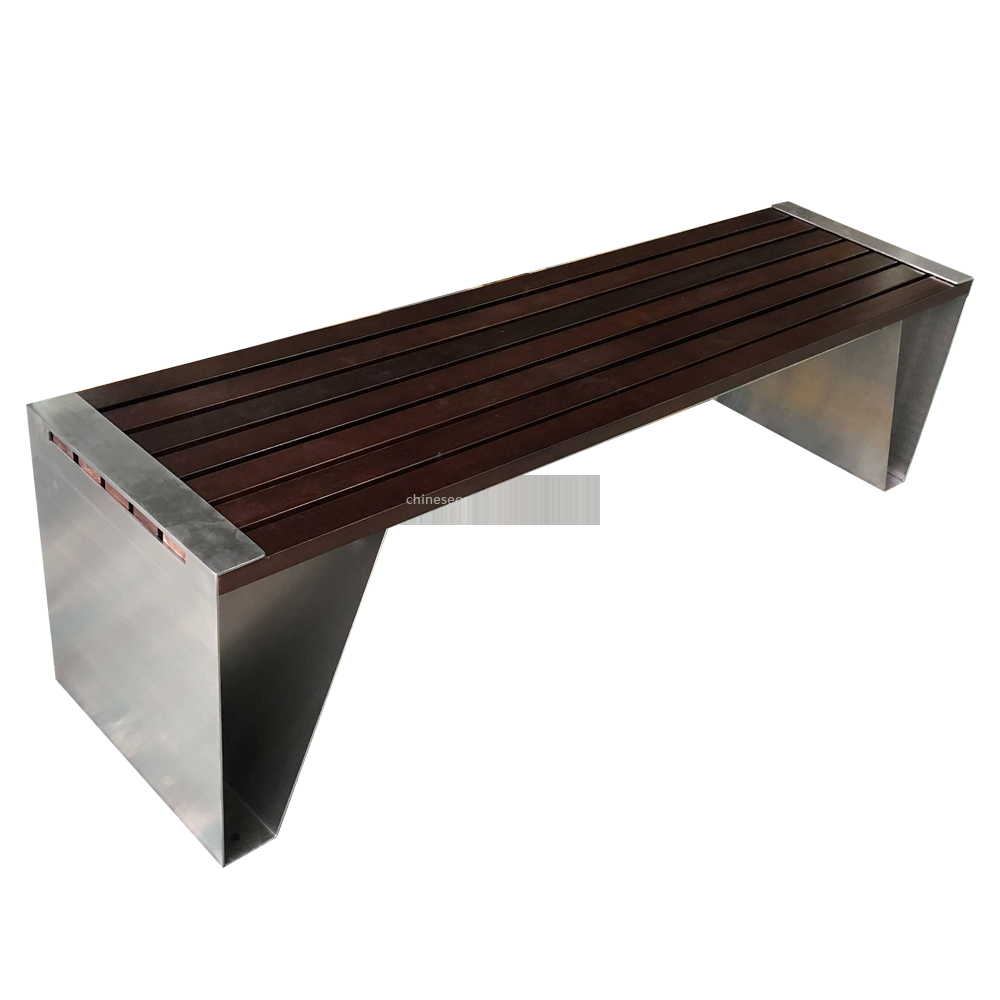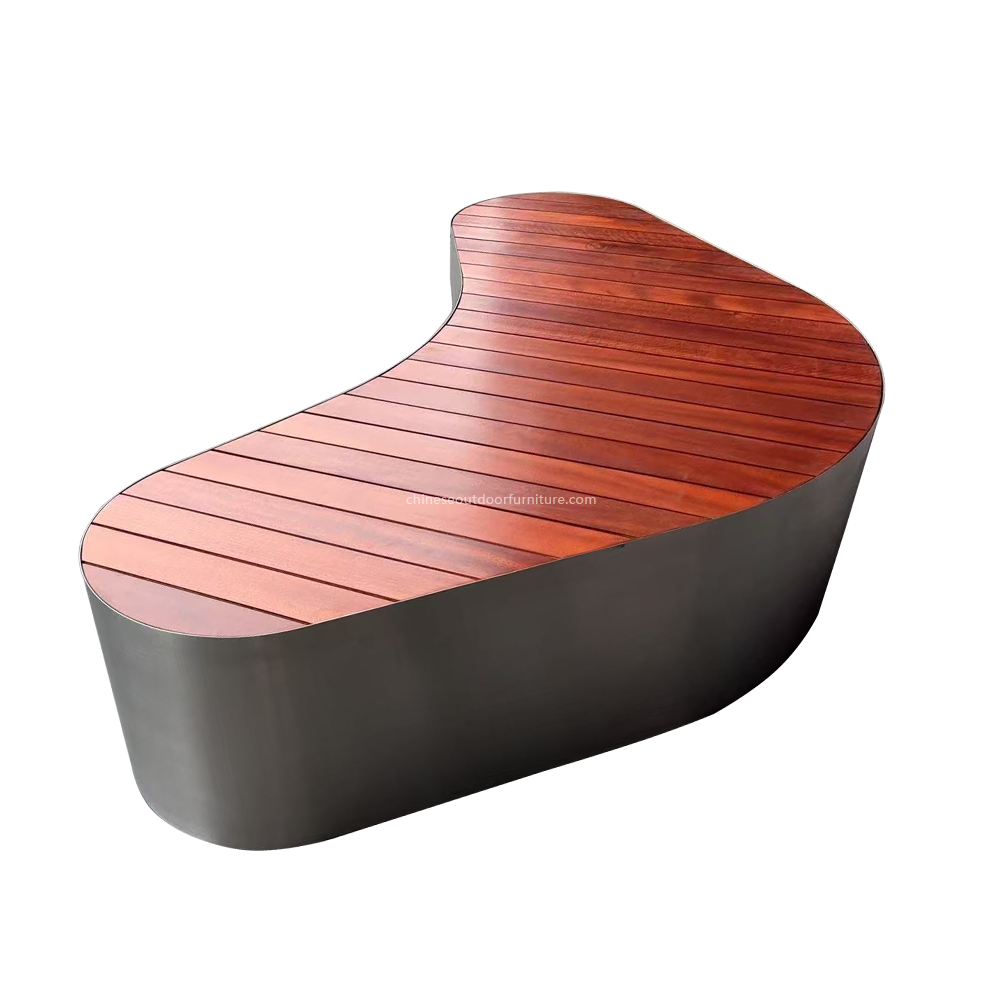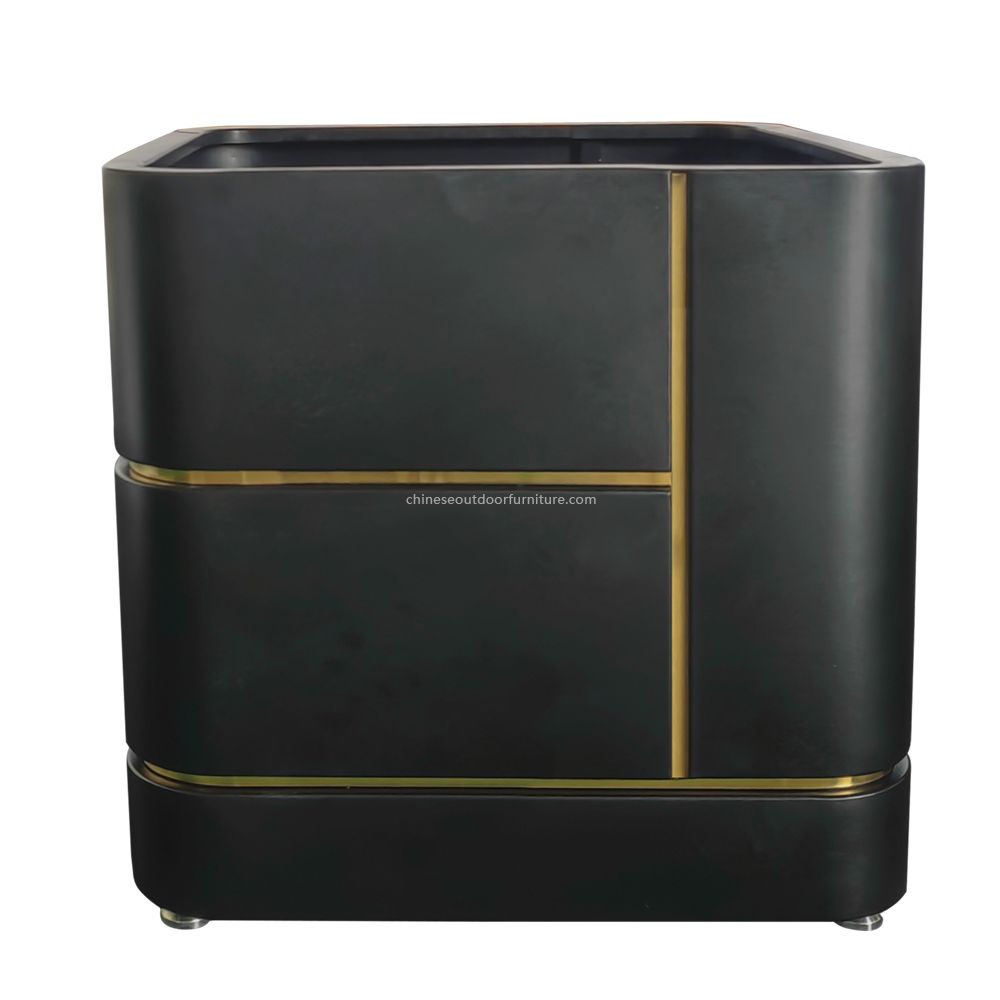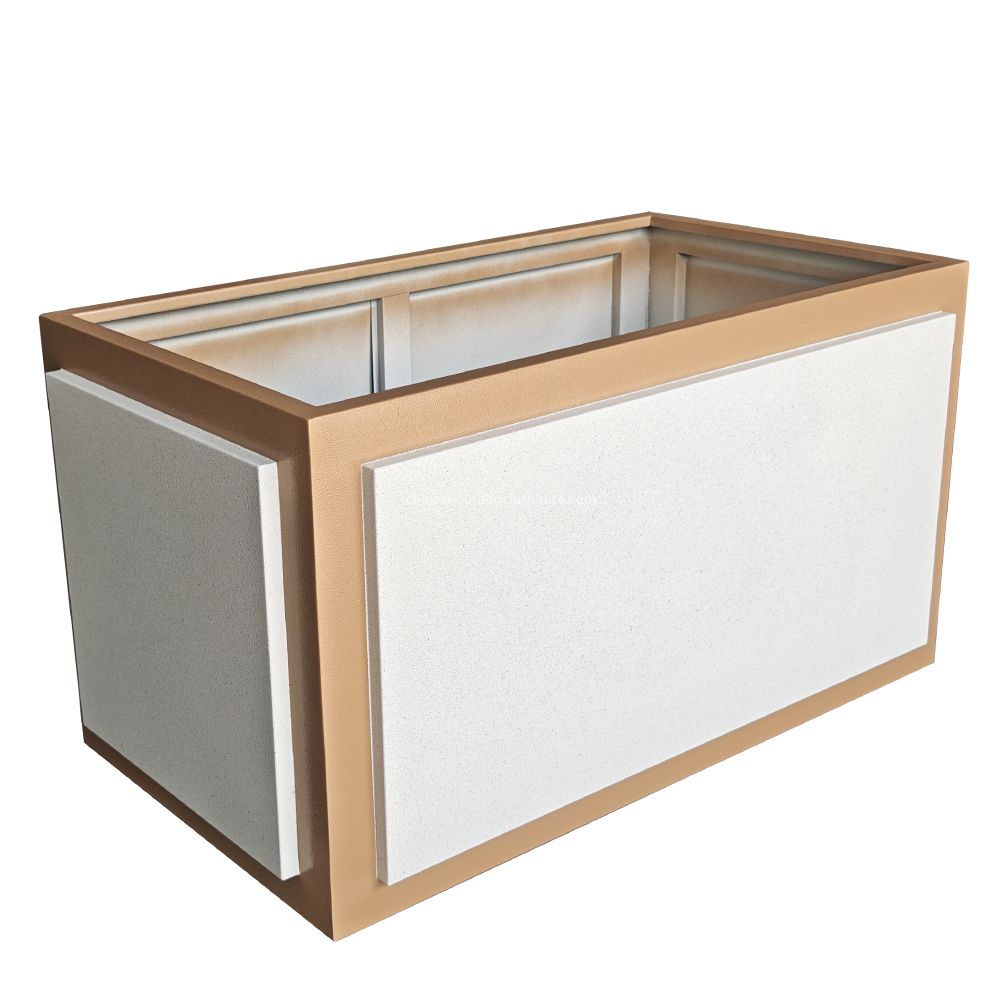What are the weathering resistance tests for composite-material bins?
Explore key weathering resistance tests for composite-material bins, including UV exposure, salt spray, thermal cycling, moisture resistance, and real-world per...
READ MORE...Can resin outdoor pet waste bins be designed with modular components?
Explore how modular resin pet waste bins offer customizable solutions for outdoor spaces. Learn about design flexibility, easy maintenance, and durability benef...
READ MORE...How do composite materials handle exposure to rust inhibitors?
Explore how composite materials interact with rust inhibitors. Learn about chemical compatibility, potential degradation risks, and best practices for protectin...
READ MORE...What are the tensile strength properties of WPC in outdoor bins?
Explore the tensile strength properties of Wood-Plastic Composite (WPC) in outdoor bins. Learn how WPC‘s durability, weather resistance, and mechanical performa...
READ MORE...Are composite-material bins suitable for use in industrial pet facilities?
Explore whether composite-material bins are suitable for industrial pet facilities. Learn about their durability, chemical resistance, and benefits for pet food...
READ MORE...How does resin material affect the bin’s resistance to fungal growth?
Discover how resin material composition impacts a bin‘s ability to resist fungal growth. Learn about moisture resistance, antimicrobial properties, and material...
READ MORE...What are the thermal deflection temperatures of resin-based bins?
Learn about the thermal deflection temperatures of resin-based bins, typically ranging from 50C to 120C. Discover how factors like material type and additives...
READ MORE...Can WPC outdoor pet waste bins be designed with self-closing lids?
Explore how WPC outdoor pet waste bins can be designed with self-closing lids for improved hygiene, odor control, and convenience in pet waste management.
READ MORE...

